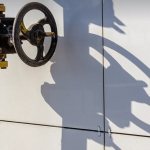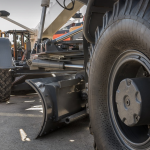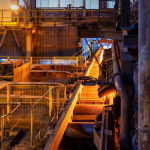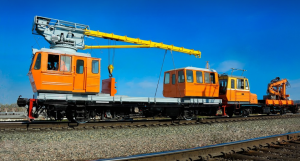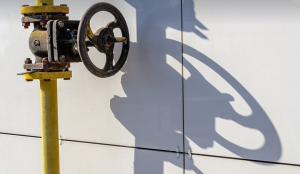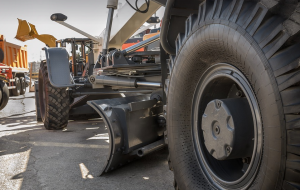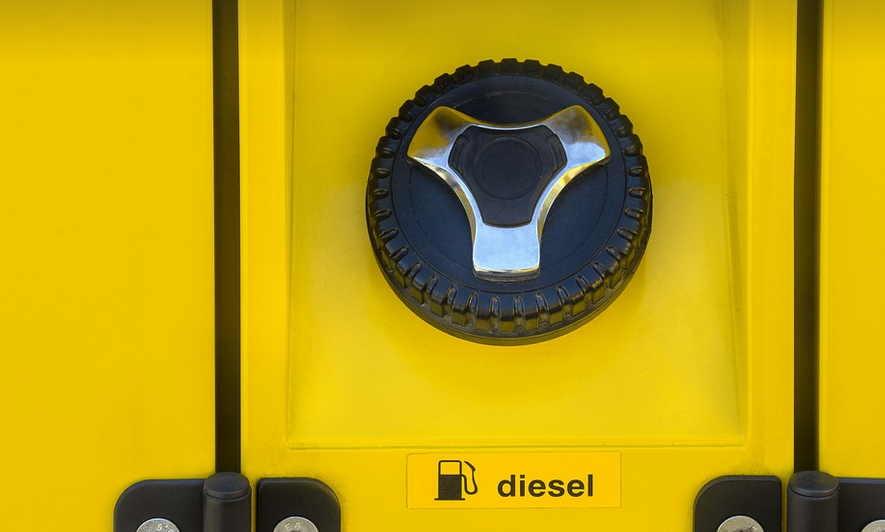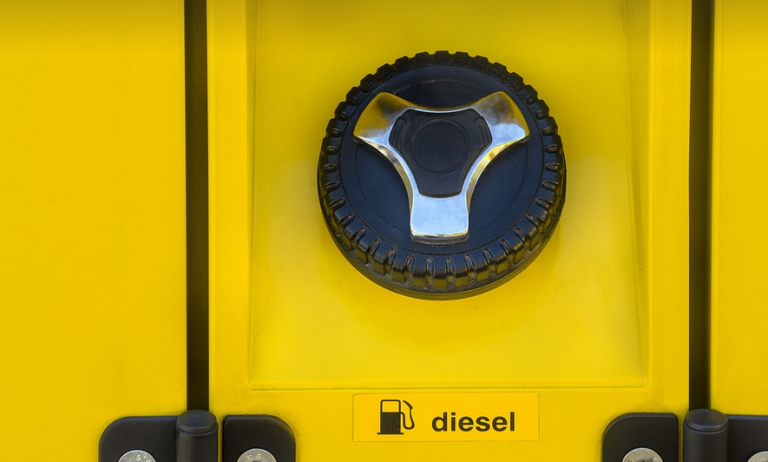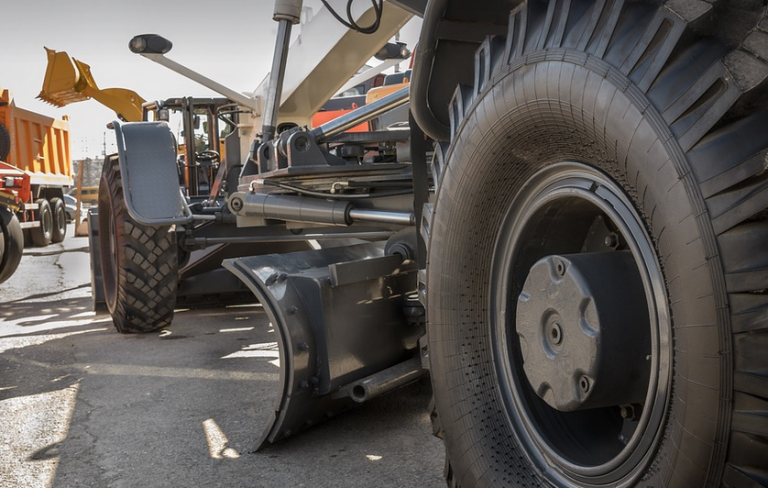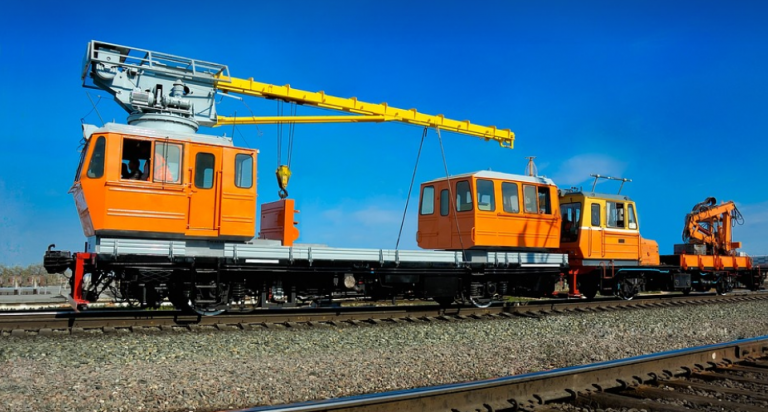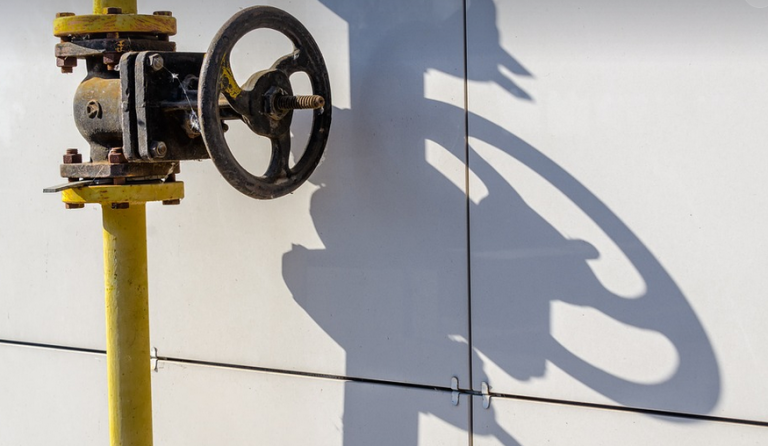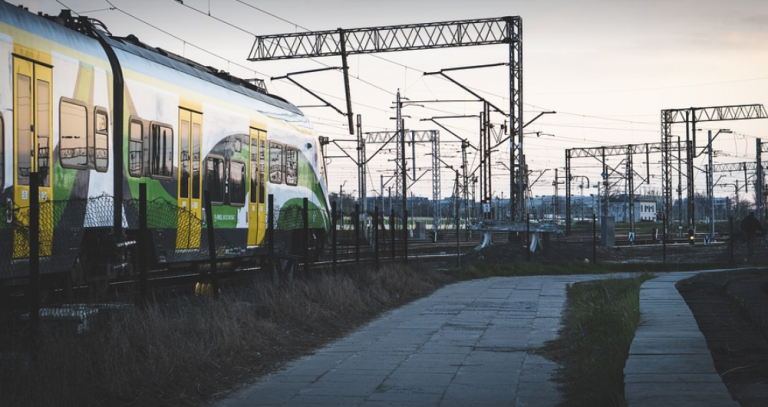Tackling Rust with Weldability
Rust can be a real pain, especially when it comes to welding. It creates all sorts of problems – poor weld quality, unwanted porosity, and even potential safety hazards. But fear not, because there’s a solution! This guide will help you navigate the world of welding rods for rusty metal and find the perfect fit for your project.
First things first, let’s address why rust is such a hurdle in welding. Rust is essentially iron oxide, formed on the surface of ferrous metals (like steel) when exposed to oxygen and moisture. The process starts with oxidation, where iron atoms react with atmospheric oxygen, forming iron hydroxide. This reaction releases water vapor and creates tiny pockets of corrosion.
Now, imagine trying to weld through rusty metal. You essentially have a layer of flaky rust on the surface that acts like a barrier, preventing the hot welding arc from contacting the base material. It can lead to incomplete penetration and weak welds, making your project more vulnerable to failure.
Choosing the Right Welding Rods
So, what’s the ideal solution for tackling rusty metal? You need a welding rod that’s designed to deal with these issues effectively! We’re talking about a product that can penetrate through rust and create strong welds.
Here are some key factors to consider:
1. Rod Composition
The first thing you need to understand is the core of your welding rod. Different metals like stainless steel or carbon steel will require different types of rods. These rods have varying levels of alloying elements, which affect their properties.
For example, rods with added Chromium (Cr) are stronger and offer better corrosion resistance. This is perfect for tackling rusty metal as they’ll be less prone to rust formation in the welding process.
Carbon steel welding rods are often a good choice for general purposes due to their affordability and ease of use. However, if you’re dealing with severe rust or high-strength applications, then special stainless steel rods might be required.
2. Rod Diameter
Another important factor is rod diameter. Thicker rods offer more heat transfer, allowing for deeper penetration and faster welding speeds. They also provide a smoother weld bead compared to thinner ones. If you deal with large components or thick metal sheets, use a thicker rod. It will give you better control over the weld.
However, if your project involves thin material or intricate welds, thinner rods might be preferable. These offer greater precision and control over the welding process.
3. Electrode Diameter
The electrode diameter can be a little tricky to understand, but it’s crucial for effective welding. A larger diameter translates to more heat transfer per unit of time, resulting in faster weld speeds. This is ideal for thicker metal sections.
Smaller electrodes offer greater control and precision, especially for intricate welds or thin metals. You’ll need the right size based on your project’s specific needs.
Special Considerations for Welding Rusty Metal
So, you’ve chosen a welding rod that’s appropriate for your project, but are there other factors to keep in mind? Yes! Here’s what else to consider:
1. Pre-Weld Cleaning
The first step is to clean the rusted areas thoroughly before welding. This involves removing all rust or loose material using sandblasting, grinding, or wire brushing. It will ensure a smoother weld and reduce porosity.
A good pre-cleaning process can significantly improve your welding efficiency and weld quality.
2. Proper Welding Techniques
You should also use the proper welding techniques for best results. Using different welding techniques like TIG or MIG will give you a smoother finish than using stick welding alone.
For instance, with TIG welding, you can control the arc’s heat and penetration more precisely. This helps to avoid distortion in the metal while maintaining a clean weld bead. You should research different techniques to find your preferred method.
3. Post-Weld Treatments
After welding, it’s crucial to perform post-weld treatments like rust prevention or paint for long-term protection of your work. This helps prevent further corrosion and maintain the integrity of your welds.
Think of this as a protective shield against the elements that will keep your weld strong for years to come.
Conclusion: Welding with Confidence
Tackling rusty metal with welding can be a rewarding experience, and finding the right welding rod is key! By understanding the composition of different rods, choosing the correct diameter, and considering pre- and post-weld treatments, you’ll be able to conquer that rust and create strong welds. Remember: proper technique, clean work surfaces, and using high-quality welding rods will make your projects stand out!
So go ahead, unleash your inner welder! With the right knowledge and tools, you can handle even the most stubborn rusty metal with confidence.

